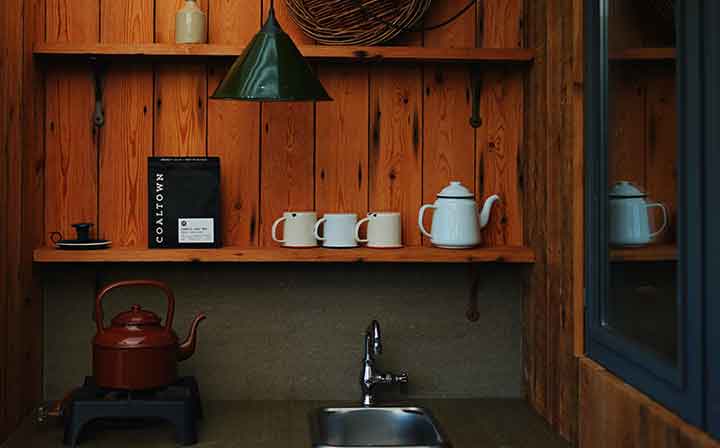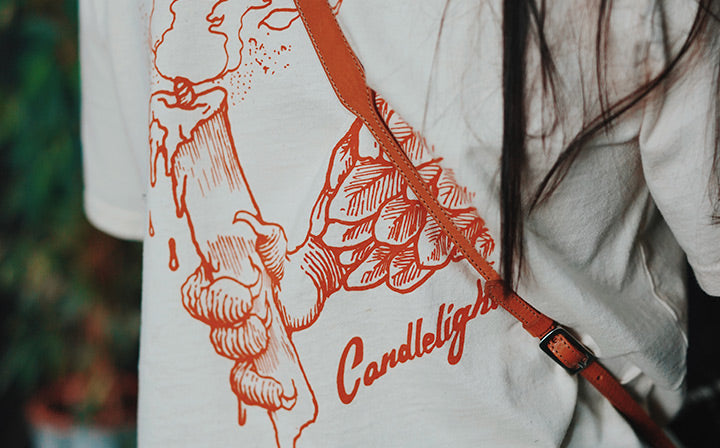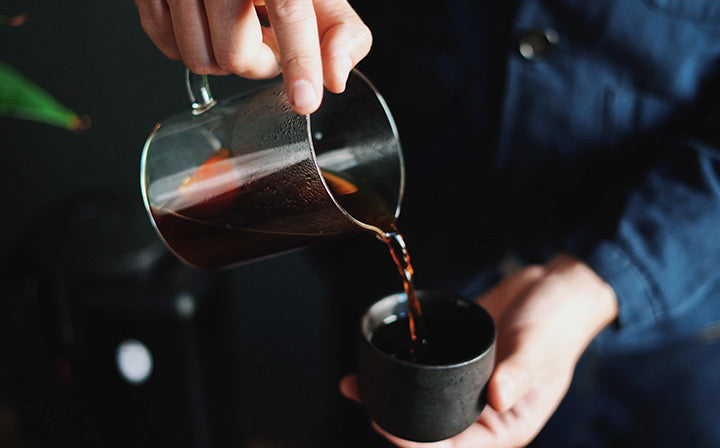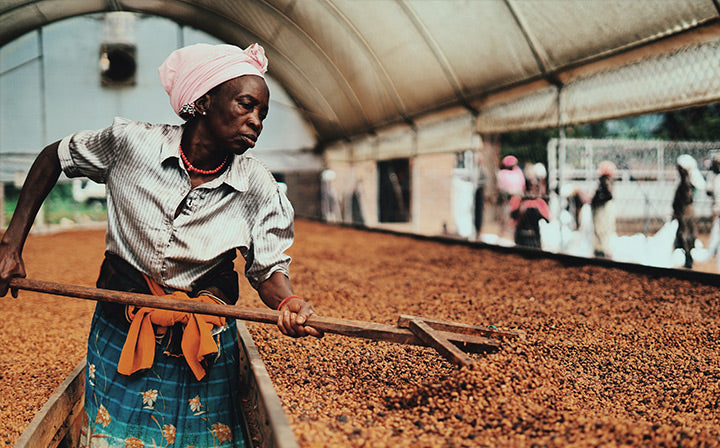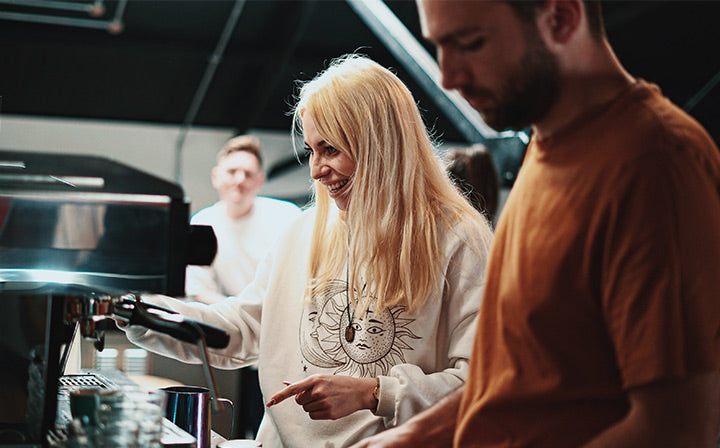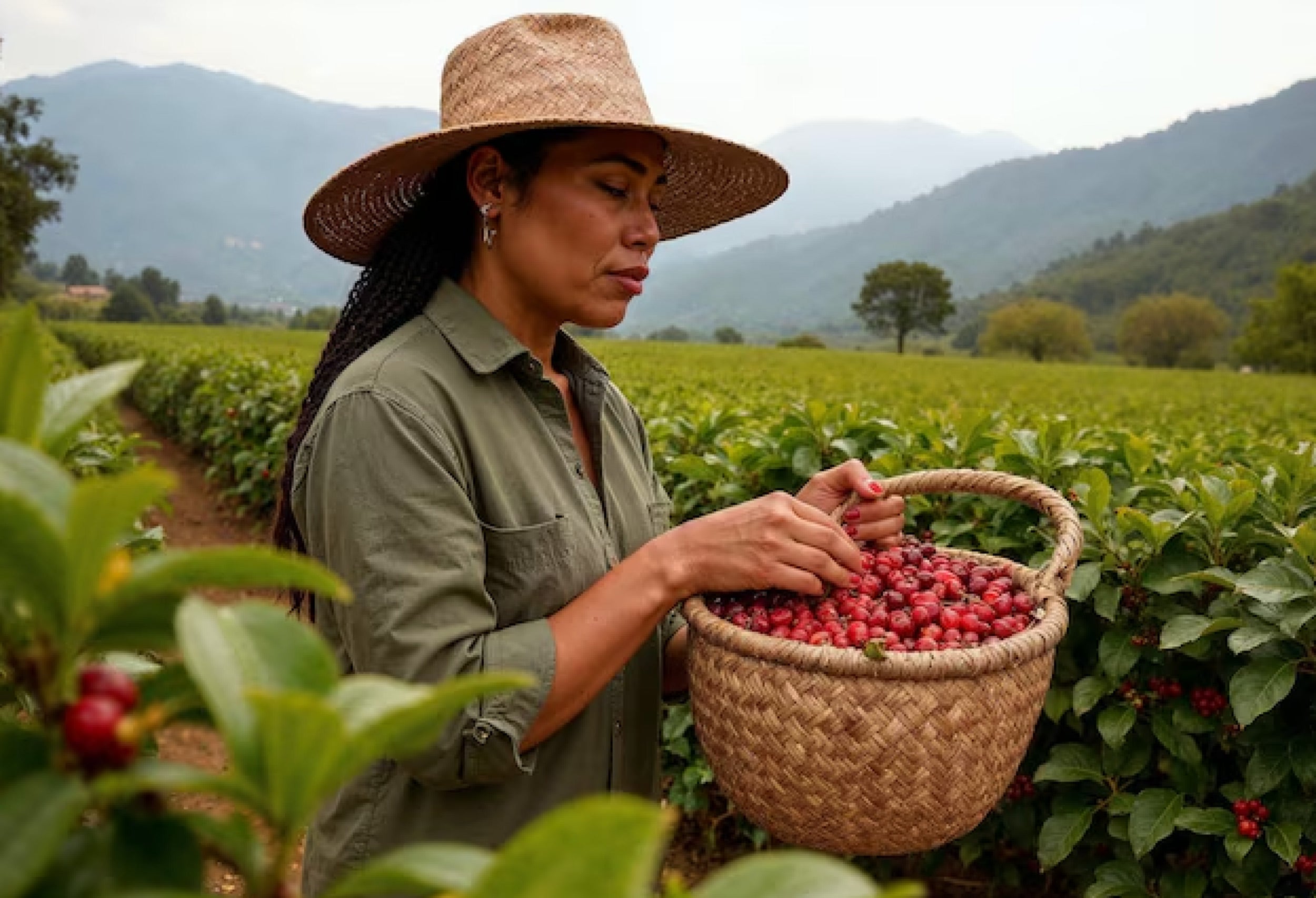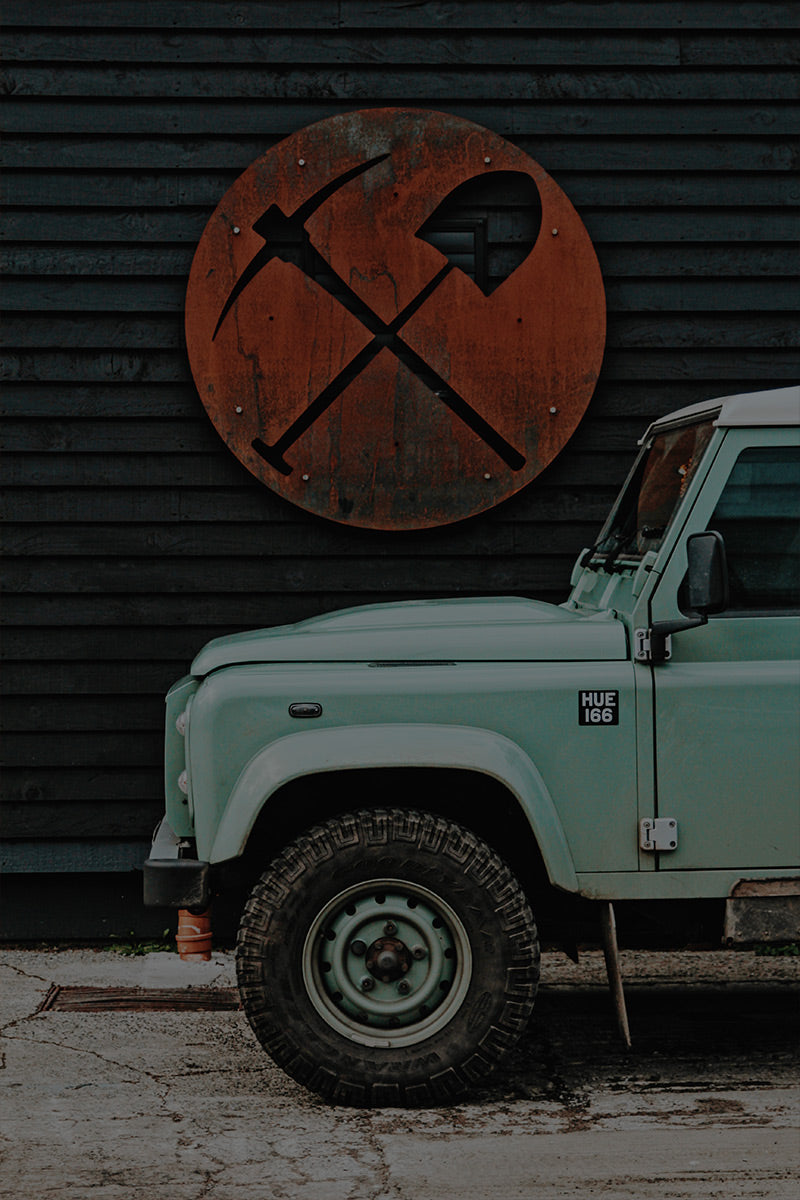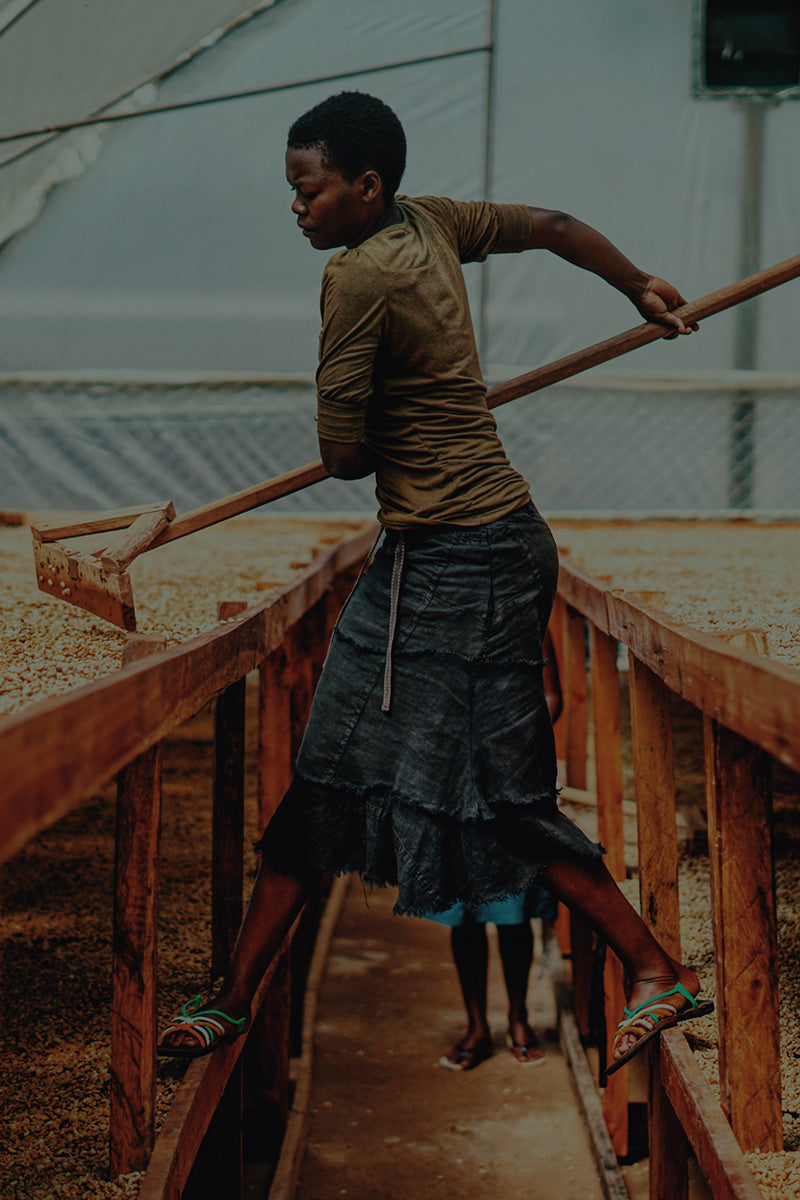Origin History
Peru is the ninth largest coffee producer globally and the third in South America. The country’s coffee farms are mostly small, often under 1-3 hectares and spread across three main regions: North (Amazonas, Cajamarca, San Martin), Central (Junin) and South (Cusco, Ayacucho, Puno). These areas sit on the eastern slopes of the Andes, at altitudes between 900 and 1800 metres, providing the perfect conditions for high-quality coffee.
Despite the ideal climate, there are challenges. Many farmers face geographic isolation, limited processing facilities and fluctuating prices. During harvest (April to September), smallholders often use hand pulpers at micro-milling stations and transport their coffee on foot—sometimes up to eight hours—to reach the nearest town. This means they often must accept whatever price is offered, as there may only be one buyer. Additionally, long transport times to washing stations and dry mills can affect the coffee’s quality.
1
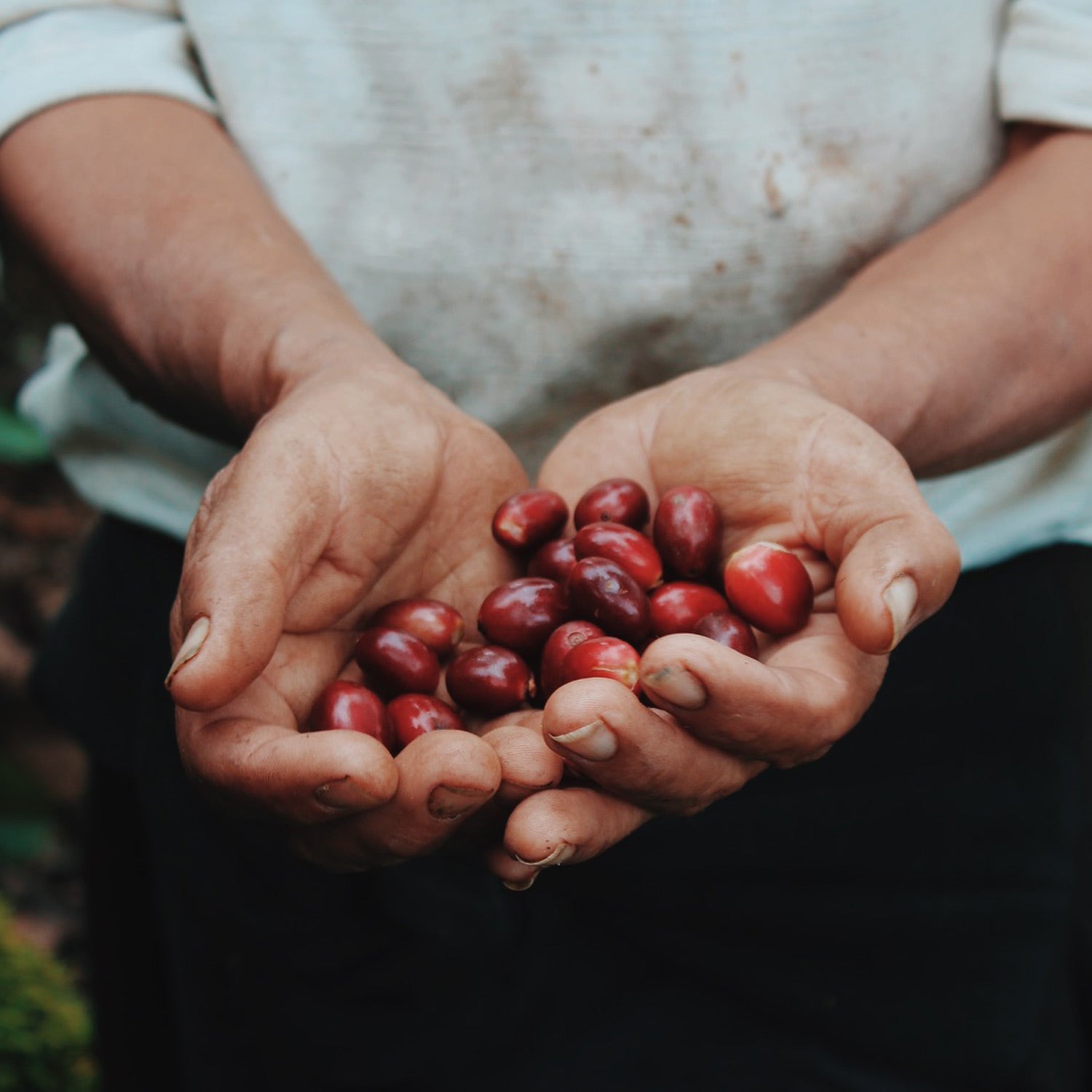
Population: 34m
Altitude: 1,000-2,000 Masl
Farmers: 200k
Average Farm Size: 1-3 Hectares
Varietals: Caturra, Bourbon, Typica, Pache, SL28, SL34
Processes: Washed, Natural, Honey
Rainfall: 1,200-2,200mm
Yearly Yield: 4-5m 60kg Bags
Present Day
A significant portion of Peru’s coffee is organic and fair trade, thanks to the work of cooperatives and NGOs that formed in response to political instability and the rise of guerrilla activity in the past. Around a quarter of Peru’s 110,000 coffee farmers are now part of cooperatives, which provide stability, training and access to loans. This has led to more land being dedicated to coffee cultivation, with about 95,000 hectares currently in production.
Peru is also one of the top exporters of organic and fair-trade coffee, with markets in the US, Germany, Belgium, Canada and Sweden. In 2023, the country exported $829 million worth of coffee. However, there are challenges like deforestation linked to coffee production, soil infertility and competition from other crops such as avocados and blueberries. Peru is addressing these issues and working to improve the sustainability and quality of its coffee.
Looking ahead, new EU regulations will ban products from deforested land starting in December 2025, which will impact coffee production. To stay ahead, Peru is developing a traceability system to track coffee production and improve sustainability across the supply chain.
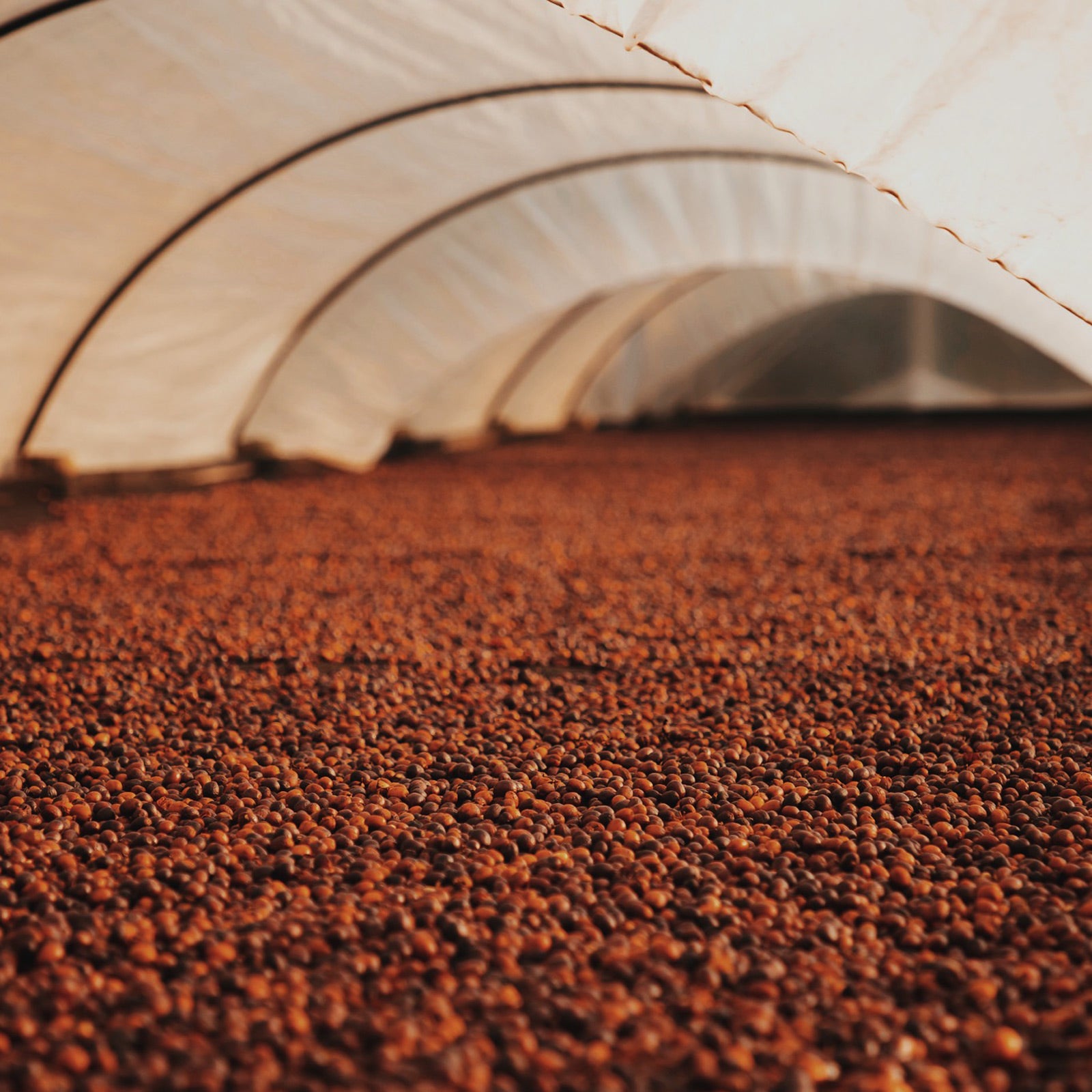
Coffee Arabica
Bourboun
Bourbon is a mutation of Arabica discovered on Réunion Island (formerly Bourbon Island) in the 1700s. It produces round, well-balanced beans with a higher concentration of lipids and sugars, which contribute to its smooth, sweet flavour. Bourbon trees grow at moderate altitudes (900-1,500 metres) and its high-quality beans have a more consistent size and shape compared to other Arabicas. Bourbon is particularly susceptible to pests and diseases, which makes it a less reliable producer but highly sought after by coffee connoisseurs. Bourbon is the foundation of many high-end varietals in South America, such as SL28 and Typica.
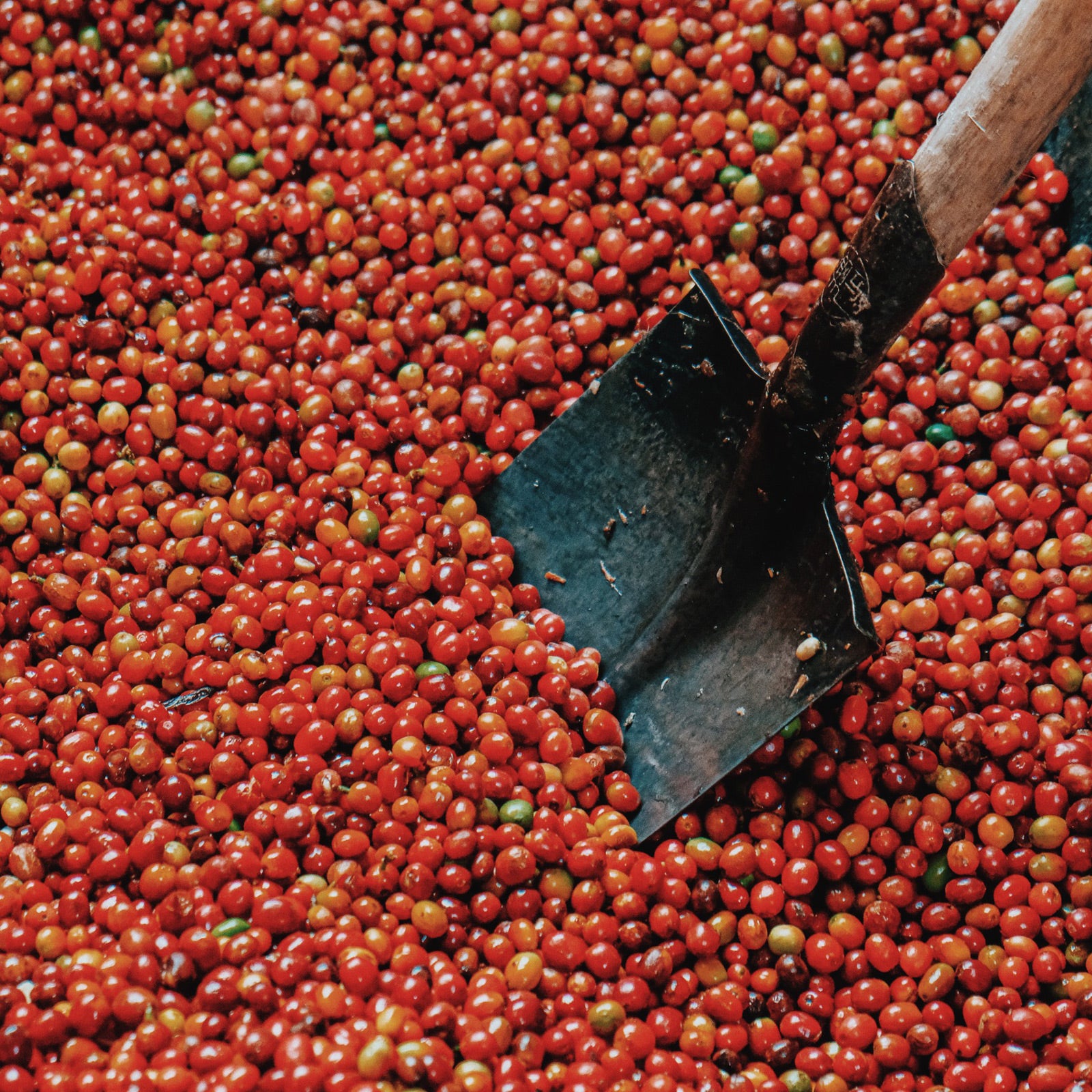
Coffee Arabica
Pache
The Pache varietal, a natural mutation of Typica, originates from Guatemala and produces smooth, mild coffees with bright acidity and floral, citrus notes. Grown at altitudes of 1,200 to 1,800 meters, the cooler temperatures enhance its flavor profile. Pache beans are well-formed and consistent, allowing for an even roast. While susceptible to diseases like coffee leaf rust, it remains popular in Central America for its high quality and good yield. Pache is a key component in specialty coffee blends, especially in Peru, contributing to its reputation for premium Arabica.
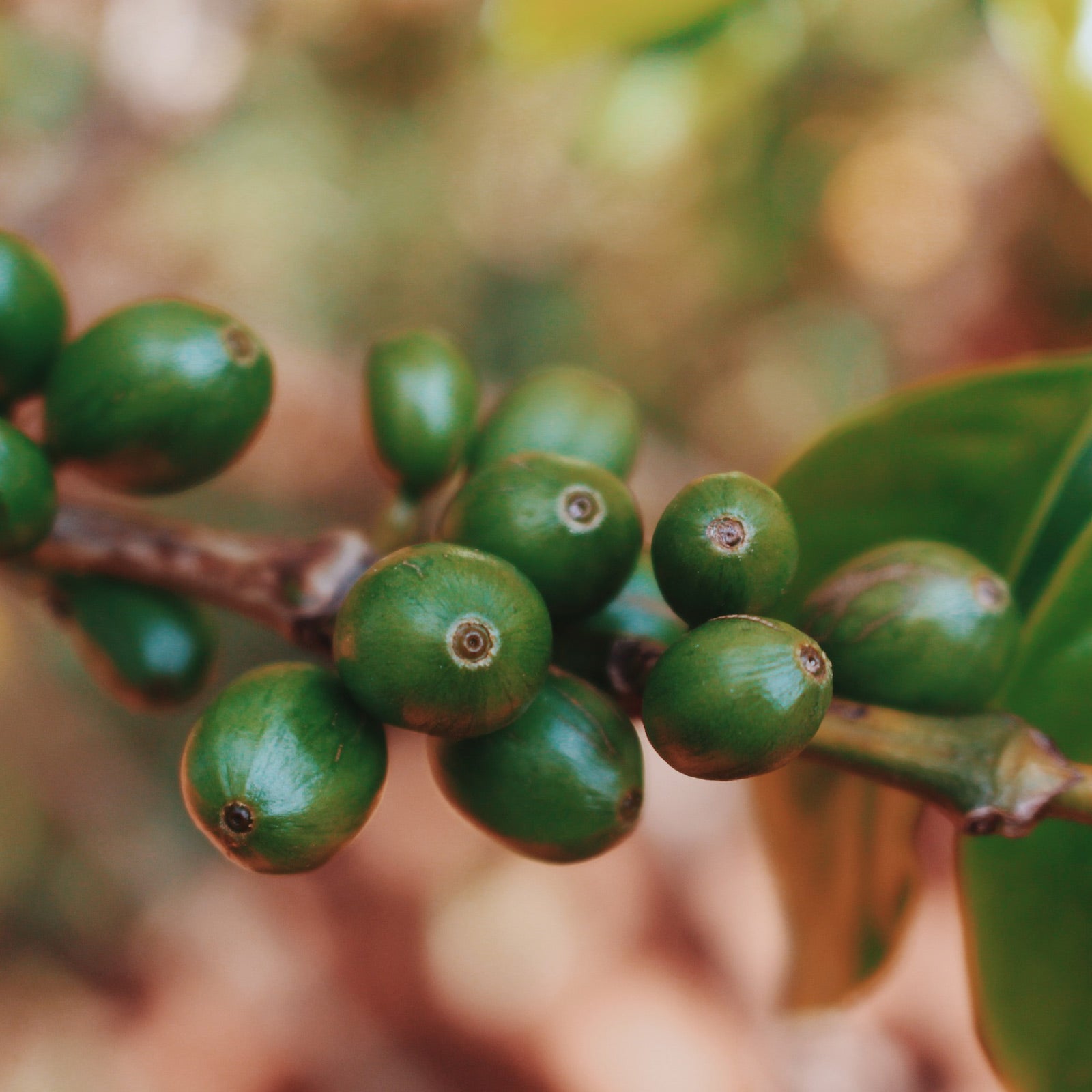
Coffee Arabica
Caturra
Caturra is a natural mutation of the Bourbon variety and is a hybrid Arabica cultivar. It’s particularly popular in Brazil, Colombia and Central America, where it thrives at altitudes between 1,200 to 2,000 metres. Caturra is known for its compact growth, which makes it easier to harvest and it generally produces high yields. The flavour profile tends to be well-balanced, with a medium acidity and a smooth, clean cup. Its beans are typically milder in flavour compared to other Arabica cultivars, with a gentle sweetness and hints of chocolate or caramel. However, it is prone to diseases like leaf rust, making it somewhat more delicate to cultivate than other varieties.

Subheading
SL28, SL34
Both SL28 and SL34 were developed in Kenya in the 1930s and are offspring of a hybrid between Bourbon and a local variety. These varietals are famous for their bright acidity and complex fruit flavours, particularly berries, citrus and tropical fruits. SL28 tends to have a juicier, wine-like profile, while SL34 is slightly more citrus-forward. They are highly susceptible to coffee diseases like coffee berry disease and leaf rust, but they offer unparalleled flavour complexity when grown in optimal conditions, typically at altitudes above 1,500 metres. The beans have a higher water content, contributing to their vibrant and juicy cup profiles.
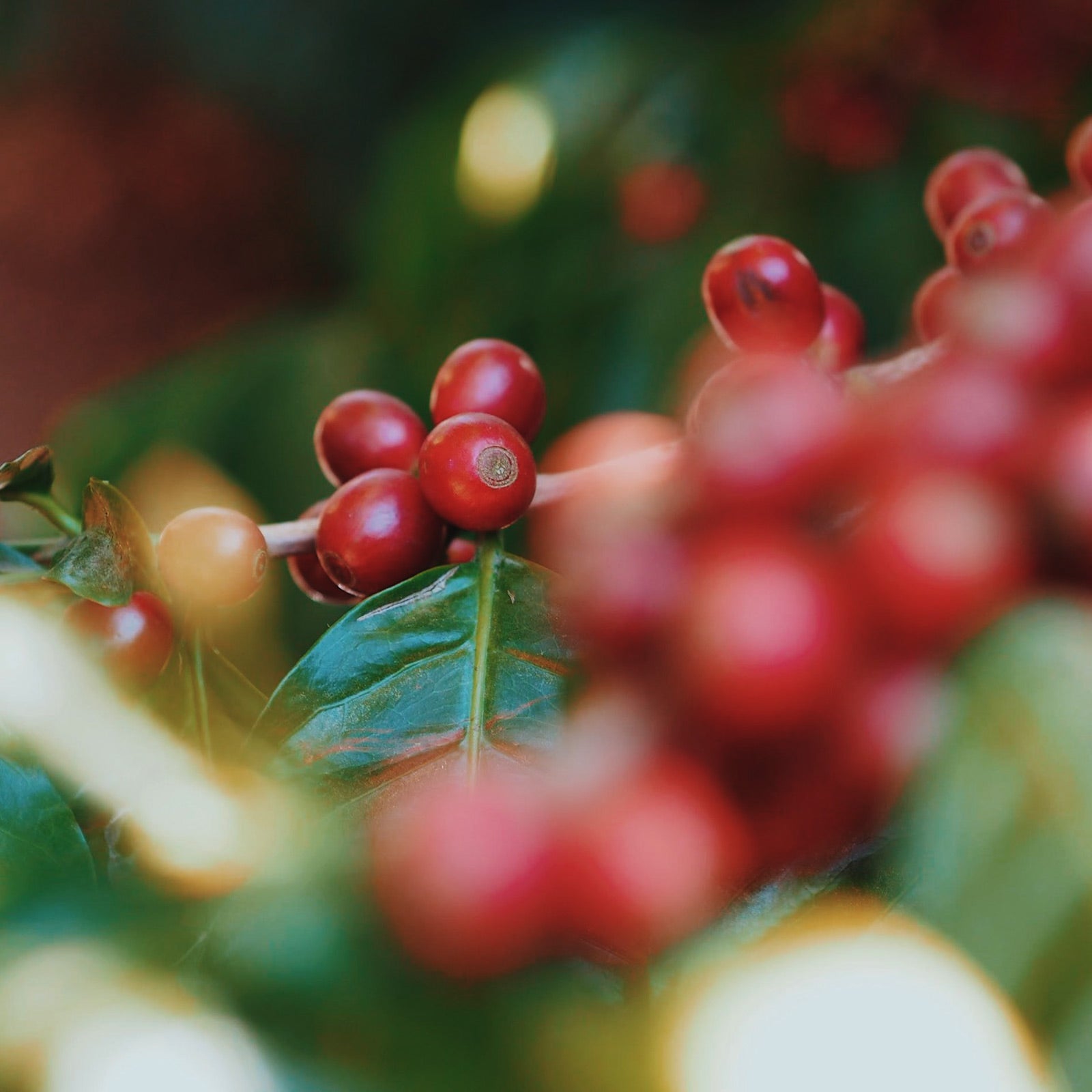
Coffee Arabica
Typica
Typica is one of the most important and widespread Arabica cultivars in the world, forming the base genetic stock for many other varieties, including Caturra, Bourbon and Gesha. It’s native to Yemen but is now cultivated in coffee-growing regions across the globe, typically at altitudes between 1,000 to 2,000 metres. Typica is renowned for its well-rounded flavour, with moderate acidity, medium body and complex sweetness. It often exhibits fruity, floral, or nutty notes depending on the region in which it’s grown. This cultivar is quite hardy, though it can be susceptible to certain diseases and its production is often lower compared to more modern hybrid varieties. Its flavour profile is prized for its consistency and versatility.





